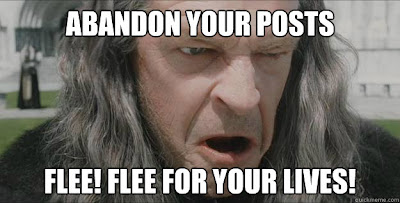Recently an author asked me "How do you stage an in-person book launch with a novel that’s published as an ebook? How do you autograph a computer screen?"
Here are some suggestions for doing a live book launch event for an ebook:
Plan the event much like you would any other book launch party, except you will probably need to find a venue other than a bookstore. Try to use a venue that has some kind of tie-in with the book, and offer refreshments and perhaps some form of entertainment. See this article by Tolly Moseley for creative ideas on planning a book launch party.
Do a presentation based on the book’s content, not just a signing where you sit at a table. Nonfiction authors can speak on their book’s topic or plan an interactive activity based on the topic. Novelists can do a presentation based on some aspect of the book’s story or do a short reading. Children’s authors can read the book aloud, speak on the topic of the book, and plan fun activities for kids. All authors can talk about writing and publishing and take questions from the audience. Be creative and plan something interesting!
Print lots of bookmarks and handout several to all of the attendees so they can share with others. If you print your bookmarks with uncoated paper on the back side, you can sign the back of the bookmarks. See this article to learn more about using bookmarks for book promotion.
Encourage attendees to bring their ebook reading device to the event. They can download the ebook on the spot. You could even provide a laptop computer where people can order the book if they don’t have their ebook reader with them, but you’ll need to make certain that each person logs out of their Amazon or other ebookstore account after using it.
You can "autograph" Kindle ebooks by using KindleGraph to send personalized inscriptions and signatures to the customer’s Kindle ebook reader.
If your ebook is available on the Nook store, you may be able to arrange an event at a Barnes & Noble store. Last year B&N announced that they were going to offer autographing services for Nook Color devices, but it’s hard to find any details on how to do it. Your local store event manager may have information on autographing.
Remember that you’ll need to promote your event heavily. Suggested promotions include press releases to local media, emails or evites to your friends and local contacts, announcements on your blog and social media accounts, and postcard invitations. Ask others to help spread the word.
Do you have any suggestions on how to do a live launch for an ebook? Please share in the comments section [on the source article’s page].
This is a reprint from Savvy Book Marketer Dana Lynn Smith‘s blog.




